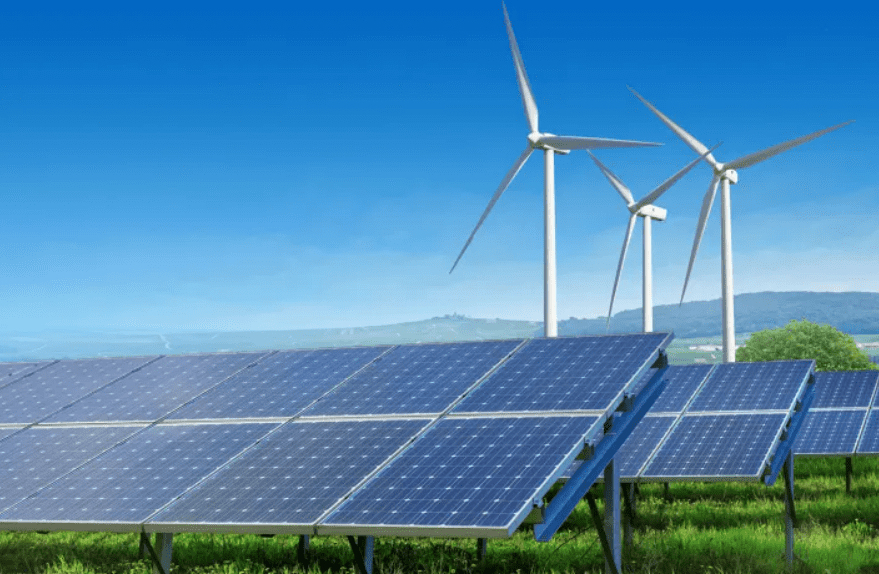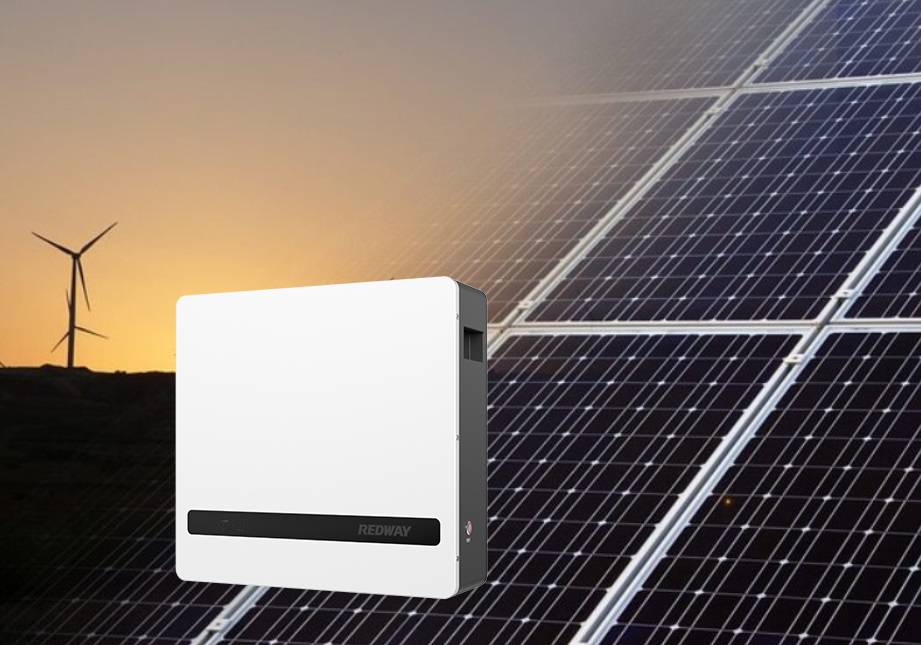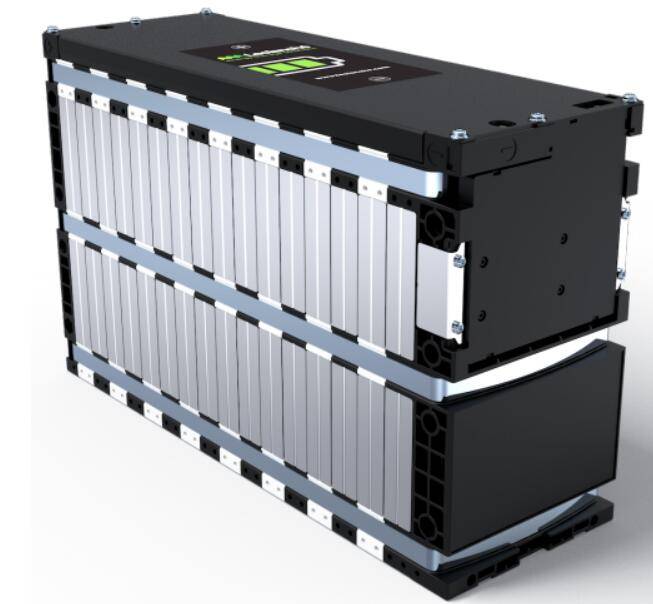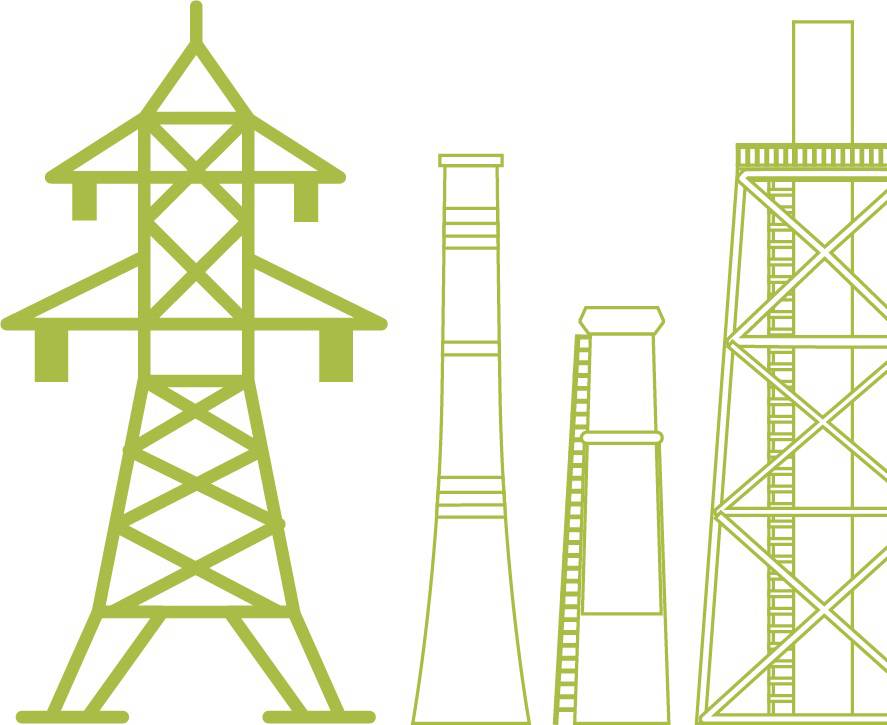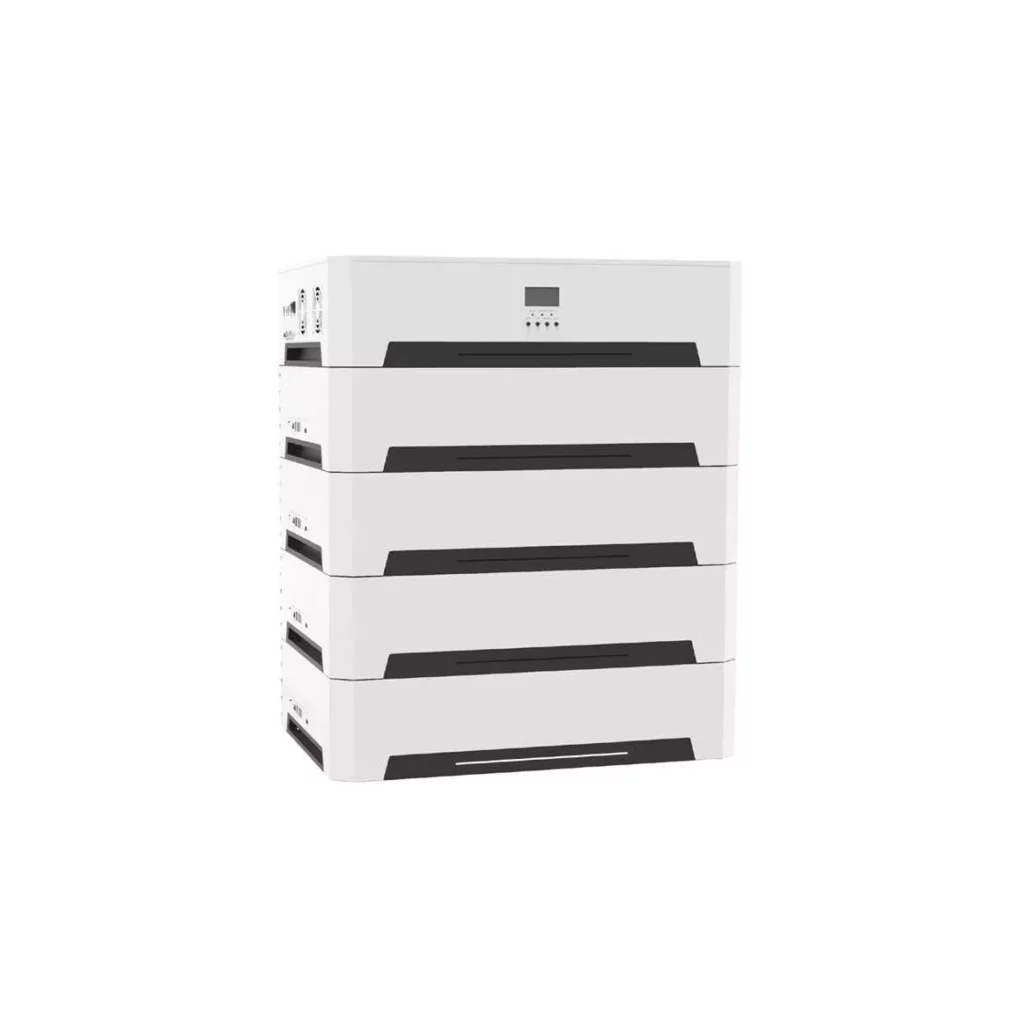Germany’s Easter Package is heralded as a transformative reform, marking a significant shift in energy policy aimed at enhancing renewable energy deployment. This comprehensive legislative package seeks to achieve 80% renewable energy by 2030, addressing both climate change and reducing dependence on fossil fuels, particularly from Russia.
What is included in Germany’s Easter Package and its significance?
The Easter Package comprises several legislative reforms, including amendments to the Renewable Energy Act (EEG), Offshore Wind Energy Act, and other key regulations. Its significance lies in its ambitious targets: achieving 80% of electricity consumption from renewable sources by 2030, up from approximately 42% currently. This package aims not only to accelerate Germany’s transition to a greener economy but also to enhance national security by reducing reliance on fossil fuel imports.Chart: Renewable Energy Targets Set by the Easter Package
| Year | Target Percentage (%) | Current Percentage (%) |
|---|---|---|
| 2022 | 42 | 42 |
| 2030 | 80 | 42 |
| 2035 | Nearly 100 | 42 |
Why is the Easter Package considered a major reform in energy policy?
The Easter Package is considered one of the most significant reforms in decades due to its comprehensive approach to overhauling existing legislation. It addresses long-standing barriers to renewable energy expansion, including bureaucratic hurdles and outdated regulations. By prioritizing renewable energy as a matter of public interest, it aims to streamline planning processes and facilitate faster implementation of renewable projects.
How does the Easter Package aim to boost renewable energy development?
To boost renewable energy development, the package sets higher capacity addition targets for wind and solar power. It also introduces measures to simplify approval processes, allowing for quicker deployment of new projects. For instance, it plans to remove restrictions that hinder wind turbine installations near weather radar systems, potentially unlocking an additional 5 GW of onshore wind capacity.Chart: Capacity Addition Targets Under the Easter Package
| Energy Source | Current Capacity (GW) | Target Capacity by 2030 (GW) |
|---|---|---|
| Onshore Wind | 60 | 90 |
| Offshore Wind | 7 | 30 |
| Solar Power | 50 | 100 |
What changes are proposed in the Renewable Energy Act and their impact?
The amendments to the Renewable Energy Act (EEG) include raising annual capacity addition targets significantly. The revised EEG aims for renewables to cover at least 80% of gross electricity consumption by 2030, which necessitates nearly doubling current capacities. This shift will not only help achieve climate neutrality but also reduce dependence on natural gas imports.
How does the Easter Package address Germany’s energy independence and climate crisis?
The urgency of addressing both climate change and energy independence has propelled the Easter Package into action. With rising geopolitical tensions, particularly following Russia’s invasion of Ukraine, there is a pressing need for Germany to transition away from fossil fuels. The package emphasizes that renewable energies are crucial for national security, aiming for a climate-neutral power supply by 2035.
What challenges will Germany face in implementing the Easter Package reforms?
Despite its ambitious goals, implementing the Easter Package presents several challenges. Bureaucratic inertia remains a significant hurdle, as existing processes may slow down progress. Additionally, rising costs and labor shortages could impede timely execution of projects. The government must ensure that sufficient private sector investment flows into these initiatives to meet ambitious targets.
Why is public and citizen support crucial for the success of these reforms?
Public support plays a vital role in ensuring successful implementation of the Easter Package. Engaging local communities through citizen energy initiatives can foster acceptance and participation in renewable projects. The package includes provisions that allow local residents to financially benefit from nearby wind farms and solar installations, which can enhance community buy-in and support.Latest News:
Recent discussions around Germany’s Easter Package have highlighted its potential to reshape not only national energy policy but also economic stability amid rising global tensions. As part of this initiative, additional legislative measures are expected later this year aimed at further enhancing infrastructure and efficiency within Germany’s energy sector. The government continues to seek input from various stakeholders to refine these proposals.Editor Comment:
“The Easter Package represents a pivotal moment for Germany as it navigates through complex challenges posed by climate change and geopolitical instability. By prioritizing renewable energies as essential for national security, this reform not only sets ambitious targets but also underscores a commitment to sustainable development that could serve as a model for other nations.”
